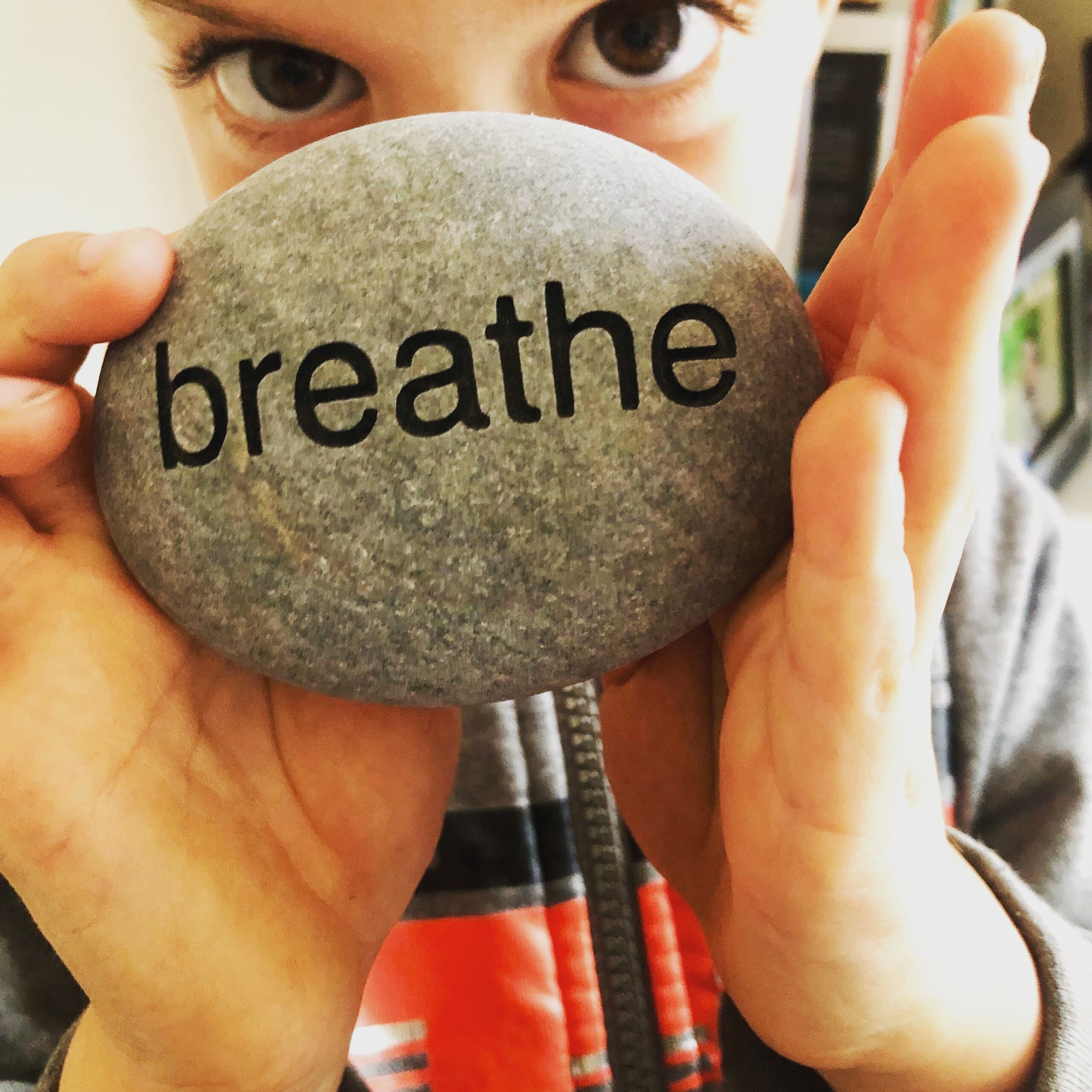As science has proven to us, empathy is innate to human beings. It’s just that sometimes, barring specific psychological disorders, that muscle atrophies. Whether it’s because of how you were raised, or your current workplace, or who you surround yourself with, the muscle can lose its tone when empathy is not celebrated, rewarded, or modeled.
And like starting a new fitness routine, we need to tweak our surroundings in order to support this new habit we want to develop. It’s like stocking the fridge with healthy food so you can easily make better choices about your nutrition!
I’ve been listening to Atomic Habits by James Clear, which is amazing. In it, he talks about needing to change your environment and context in order to create habits that stick.
So how does this apply to building a habit of empathy?
Well, we can’t always easily replace our colleagues, managers, family, or friends! But we can develop an awareness of how they may or may not be showing up with empathy that supports our own desire for transformation. And we can make our own small changes to increase our chances for success.
If you’re falling back on negative, old, outdated leadership models, what can you do to physically, psychologically, and emotionally change your context to cultivate more empathy?
Try these ideas:
- Make a commitment to bring empathy to all your interactions as best you can: You can only control yourself. Be the model in the conversation so you “train “people you work with that this is how you want the interactions to go. For example, ask more questions. Reflect back what someone says before you launch into your perspective to make sure you’re on the same page and you heard them right. Ask about how people are doing and really listen before diving into business right away. These subtle cues will get noticed and people will start to recognize that when they interact with you, they need to take a pause, see the other person, and engage in active listening.
- Share your empathy-building goals – out loud: Clarity is one of the five pillars to being an effective empathic leader that I talk about in my forthcoming book, The Empathy Dilemma: How Successful Leaders Balance Performance, People, and Personal Boundaries. Don’t make assumptions. If you have a goal to be more empathetic, share it with your team and colleagues Something like, “To help this team feel more engaged and be more successful, I’m setting a new habit for myself and I would so appreciate your support. I’m working on strengthening my empathy so that I can be a more connected leader for you. So if you feel that I’m not seeing or hearing you in our interactions, please call me out on it. Maybe you’ll all join me in this effort to bring more empathy into our team dynamic.”
- Change your routine, context, or environment: You can get creative on this one. It could be something as simple as a sticky note on your laptop that reminds you to “Ask 3 questions before starting anything in a one-to-one meeting.” Or revamping meetings to make space for not just on-the-fly brainstorming that benefits extroverts, but journaling time before offering ideas to support introverts. Or creating a rule that no meeting can take place without an agenda and any materials to review sent ahead of time. Implement a way for all team members to give feedback that feels safe and encouraged. Take a poll of your team and find out the best times to hold weekly meetings so you are supporting all lifestyle needs of parents, disabled team members, or those who handle elder care. Recognize someone each week who has exhibited empathy with a colleague or customer so that it becomes a public celebration.
Building an empathy habit does not require massive disruption. It’s in the small steps that we make progress. Find those small and easy opportunities to change your environment and context so your empathy habit can better stick.
Photo credit: Unsplash












